Cytisus
Cytisus, commonly known as Broom, is a genus of flowering shrubs native to Europe and parts of Africa. These deciduous or semi-evergreen shrubs are renowned for their bright, showy flowers that bloom profusely in late spring to early summer. The flowers typically appear in vibrant shades of yellow, although some varieties may also produce red, white, or bicolored blooms. The slender, green stems are often leafless or sparsely covered with small, simple leaves, giving the plant a delicate, airy appearance. Broom is highly valued for its ability to thrive in poor, sandy soils and is often used in erosion control, as well as in ornamental plantings.
Size and packaging guidelines

Fermentum scelerisque hendrerit parturient nullam enim lobortis litora parturient dictumst.
Potenti a quisque tincidunt venenatis adipiscing parturient fermentum nisl tincidunt amentu.
Scelerisque conubia lobortis a condimentum ad eleifend dui integer maecenas habitant nostra.
| Specification | Chair | Armchair | Sofas |
| Height | 37" | 42" | 42" |
| Width | 26.5" | 32.5" | 142" |
| Depth | 19.5" | 22.5" | 24.5" |
| Assembly Required | No | No | Yes |
| Packaging Type | Box | Box | Box |
| Package Weight | 55 lbs. | 64 lbs. | 180 lbs. |
| Packaging Dimensions | 27" x 26" x 39" | 45" x 35" x 24" | 46" x 142" x 25" |
- Botanical Name: Cytisus
- Common Name: Broom
- Mature Height: 3-10 feet (0.9-3 meters), depending on the species and variety
- Mature Spread: 3-8 feet (0.9-2.4 meters)
- Growth Rate: Fast
- Light Requirements: Full sun
- Soil Requirements: Well-draining soil; tolerant of poor, sandy, or rocky soils
- Water Needs: Low; drought-tolerant once established
- Foliage: Deciduous to semi-evergreen; small, simple leaves, often sparse
- Flowers: Bright yellow, red, white, or bicolored, blooming in late spring to early summer
Uses:
- Erosion Control: Ideal for stabilizing sandy or rocky soils, particularly on slopes or banks.
- Ornamental Borders: Adds vibrant color to mixed borders, rock gardens, and naturalized areas.
- Drought-Tolerant Gardens: A perfect choice for xeriscaping or water-wise gardens, requiring minimal maintenance once established.
- Wildlife Gardens: The flowers attract pollinators like bees, while the dense growth provides shelter for small birds and wildlife.
- Coastal Gardens: Thrives in coastal environments, where it can withstand salty conditions and poor, sandy soils.
Benefits:
- Drought Tolerance: Once established, Cytisus requires minimal water, making it ideal for dry, arid regions.
- Low Maintenance: Requires little care beyond occasional pruning, making it a great choice for low-maintenance landscapes.
- Bright, Showy Blooms: The vibrant flowers add a burst of color to the garden in late spring, creating a striking display.
- Soil Improvement: As a member of the legume family, Cytisus can fix nitrogen in the soil, improving soil fertility over time.
- Erosion Control: Its extensive root system helps stabilize soils, making it an excellent choice for erosion-prone areas.
Cytisus, or Broom, is a versatile and resilient shrub that brings both beauty and practicality to the garden. Its ability to thrive in poor soils, coupled with its bright, showy flowers, makes it a popular choice for a variety of landscape applications. Whether used for erosion control, in ornamental borders, or as part of a drought-tolerant garden, Broom is sure to add value and visual interest to any outdoor space.
Debes acceder para publicar una valoración.
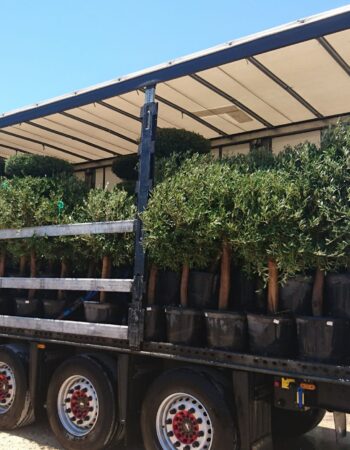
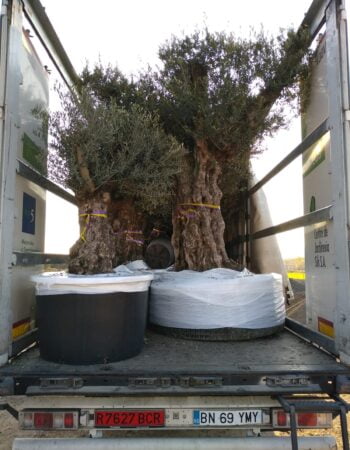
CAREFUL TREE TRANSPORTATION
At Treezom, we take great care in transporting your trees to ensure they arrive in perfect condition. Our expert team uses various methods, depending on the size and volume of the order, to provide safe and efficient delivery. Whether you're ordering a single tree or a bulk order, we guarantee high standards of handling and care throughout the process.
MULTIPLE SHIPPING METHODS
- Truck Delivery: Ideal for local or regional deliveries, ensuring a smooth and timely shipment of your trees directly to your location.
- Sea Containers (20’ or 40’): Perfect for larger orders or international shipping. Our sea containers are equipped to handle bulk shipments with optimal protection.
- Other Customized Solutions: Depending on the size and nature of your order, we can offer tailored shipping methods to meet your specific needs.
No matter the shipping method, we use specialized packaging and handling procedures to protect the trees during transit, ensuring they arrive healthy and ready for planting.
Below, you’ll find key tips tailored to this species’ requirements. Whether you’re new to plant care or have plenty of experience, these guidelines are here to support you in keeping your green companion healthy and vibrant.
- Planting:
- Choose a location with full sun and well-draining soil.
- Dig a hole twice the width of the root ball and equal in depth.
- Place the plant in the hole, backfill with soil, and water thoroughly.
- Mulch around the base to help retain moisture and suppress weeds.
- Watering:
- Water regularly during the first growing season to establish a strong root system.
- Once established, Cytisus is highly drought-tolerant and requires little to no additional watering.
- Avoid overwatering, as Broom prefers dry, well-drained conditions.
- Pruning:
- Prune after flowering to maintain shape and encourage bushier growth.
- Avoid cutting into old wood, as Broom may not regenerate from older stems.
- Regular pruning helps prevent the plant from becoming leggy and encourages more prolific flowering.
- Fertilizing:
- Cytisus typically requires little to no fertilization, especially in fertile soils.
- If desired, a light application of a balanced, slow-release fertilizer in early spring can be applied.
- Over-fertilization should be avoided, as it can lead to excessive growth at the expense of flowering.
- Pest and Disease Control:
- Broom is generally resistant to most pests and diseases.
- Occasionally, aphids or scale may be an issue; treat with insecticidal soap if necessary.
- Ensure good air circulation around the plant to prevent any fungal issues, especially in humid climates.
*This information is provided for informational purposes only. For more detailed care, please consult a professional Gardener or Arborist.


 SINGLE TREE
SINGLE TREE OUTDOOR POTS
OUTDOOR POTS











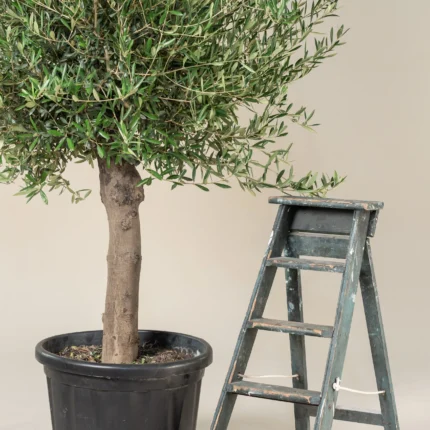

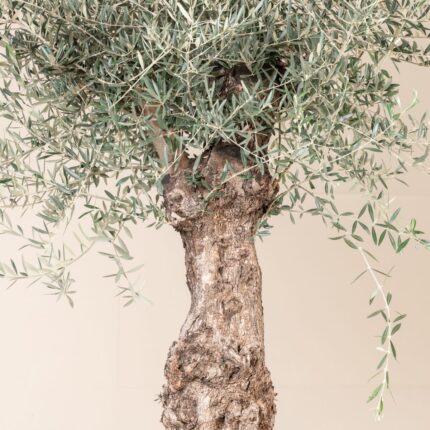
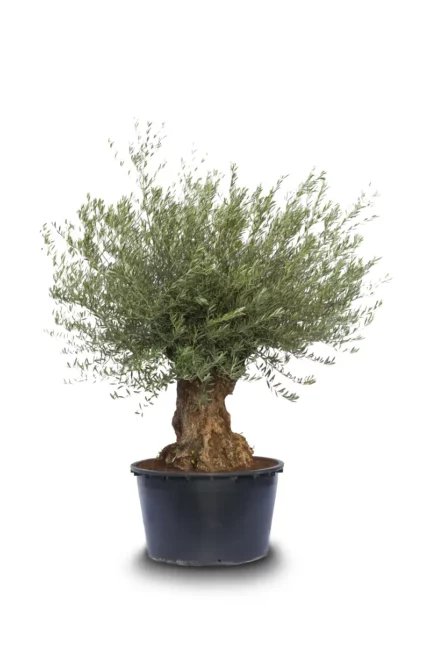






 Single Tree
Single Tree
Valoraciones
No hay valoraciones aún.